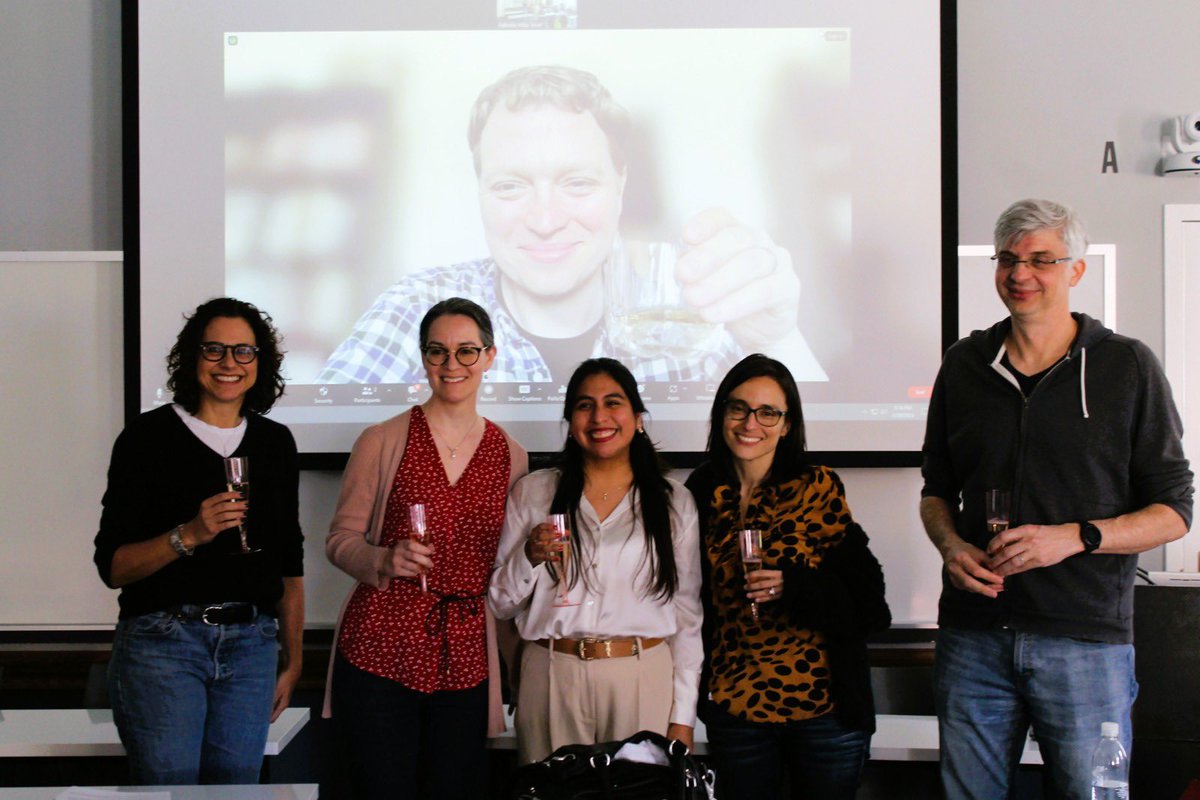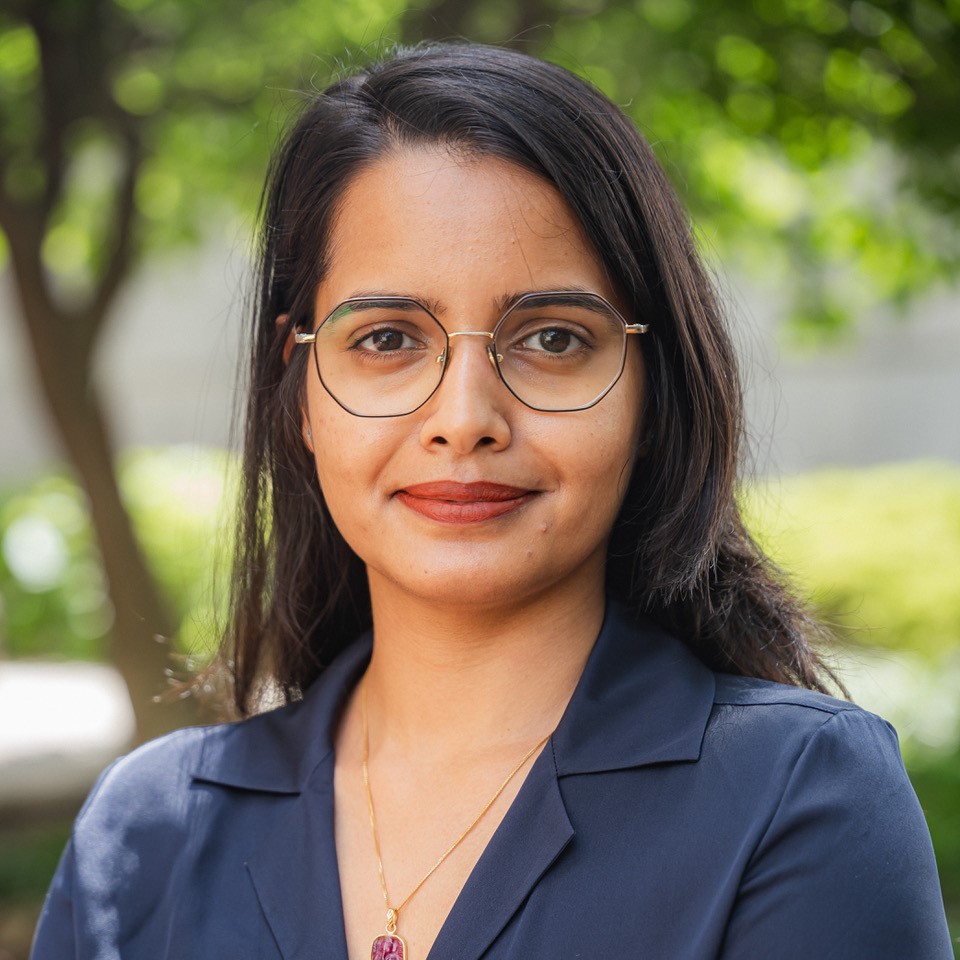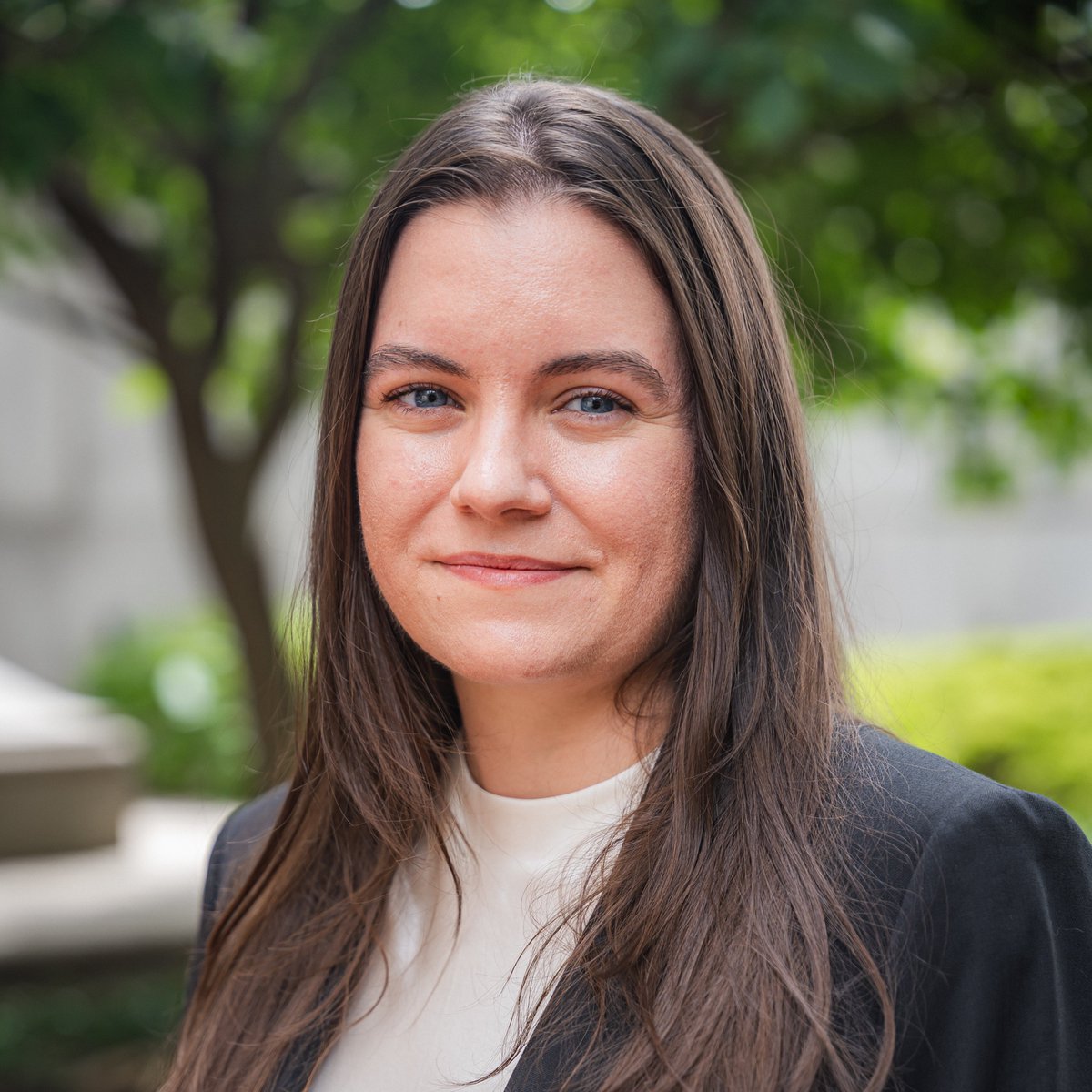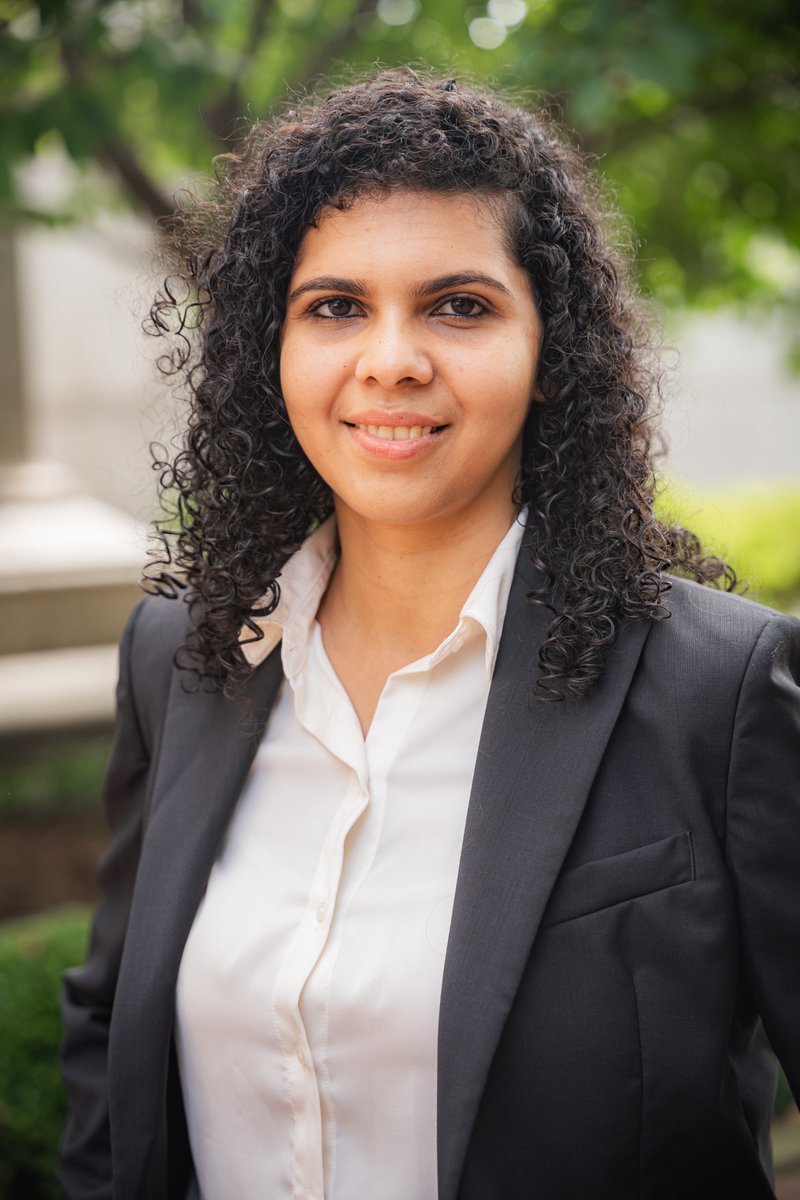
Nikhil Basavappa
@nikhilbasavappa
Former bus boy and house painter turned amateur mechanic and @columbia_econ PhD student. Past: @bostoncollege @MITecon
ID: 1200245876691742720
29-11-2019 02:51:43
4,4K Tweet
5,5K Takipçi
1,1K Takip Edilen




Life update: I get to be Dr. Alba-Vivar. So grateful to have the best advisors and mentors - Thank you Alex Eble, Kiki, Sandy Black, Maria Micaela Sviatschi, Dr. Judith Scott-Clayton and Maria F Rosales. I am only wishing to be as good as your are one day 🤩



In his JMP, Emilio Zaratiegui (Emilio Zaratiegui) shows that productivity losses from policies that restrict borrowing (Macroprudential) can generate a trade-off between financial stability and productivity growth.


Formal property ownership may not empower women unless it is recognized by women themselves and those around them. In her JMP, Akanksha (Akanksha Vardani) runs a field experiment in rural Maharashtra where despite women being homeowners, only 26\% are aware of their rights.


She randomizes an awareness campaign to bridge this gap and finds that the information boosts knowledge of property rights, increases spending on women’s goods, and reduces men’s alcohol consumption. Full paper: akankshavardani.github.io/files/Housefor… Website: akankshavardani.github.io

In her JMP, Victoria Mooers shows that when voters' social networks are more within their U.S. congressional districts, they know more about their representatives, vote more in House elections, and donate more to candidates from their own district.


What do deviations from covered interest rate parity (CIP) imply for US monetary policy? In his JMP, Jongho Lee (Jongho Lee) introduces a novel transmission channel of US monetary policy through foreign exchange (FX) swap markets.



Do socially isolated students benefit more from pairing with each other than with popular peers? In a 2-tiered RCT with 13000 students across India, Palaash (Palaash Bhargava) finds that seating less-popular students together boosts their social networks and non-cognitive skills.

